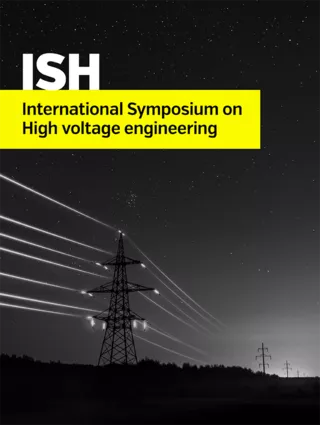Summary
The ongoing electrification of all on-board systems and the incorporation of sensitive electronic devices underline lightning as a source with extremely adverse impacts for the electric network of a ship. International committees have recently acknowledged this by including immunity to lightning induced overvoltages among the electromagnetic compatibility requirements of equipment installed on ships. In the present work electromagnetic simulations of a lightning strike on a full scale ship model provide a quantified overview of the electromagnetic environment developed on the electric grid of a ship during a lightning strike. Basic parts of the cable harness with emphasis on loads close to the bridge openings and on major axes of the network running in the interior of the hull have been embedded in the model. The calculated overvoltages exceed in many cases not only the nominal voltage levels of the network but also the immunity levels required by the standards, which are 0.5kV applied between lines and 1kV applied between phase and protective earth conductor. Although shielded and twisted cables are considered preferable, external shield is not able to prevent surges which are induced close to points exposed through apertures to the radiated electromagnetic field from being transmitted through the inner cable conductor to regions in the interior of the hull. Furthermore, it was shown that in such an electric network with small extent, surges are not attenuated and especially in cases of inductive loads they are enhanced. The major conclusion is the necessity of reassessing the relevant immunity levels against 1.2/50µs surges to 1kV and 2kV respectively. The basic method to mitigate the consequences of a strike is the installation of surge protective devices combined with external lightning rods. For this purpose, a newly proposed method for the definition of the proper lightning rod height and position, based on the concept of lightning shielding analysis on overhead transmission lines, is thoroughly described. The method is based on a statistical lightning interception model which accounts for the statistical nature of lightning and for proximity effects that reduce the protection zone of a rod. The method is applied on indicative masts of the three examined ship models. In the majority of the masts, shielding failures are detected and the necessity of installing a lightning rod is concluded.
Additional informations
| Publication type | ISH Collection |
|---|---|
| Reference | ISH2017_573 |
| Publication year | |
| Publisher | ISH |
| File size | 505 KB |
| Pages number | 6 |
| Price for non member | Free |
| Price for member | Free |
Authors
I. GONOS, I. STATHOPULOS




